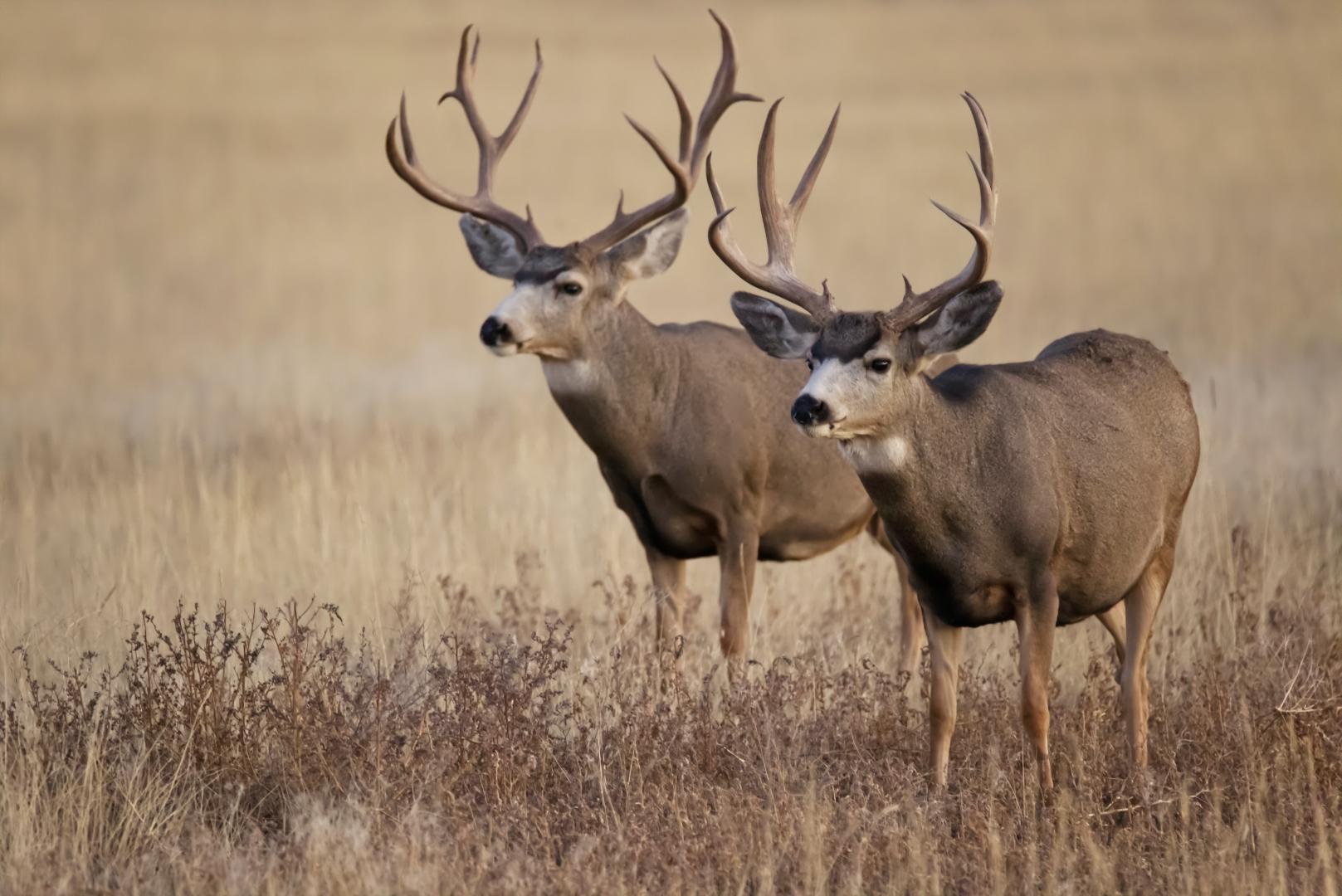The animal ran off after the shot - what now?
It’s usually quite a challenge to find deer that has been shot and run off. So what can or should we do in these situations? Dr Joe R. Bumgardner, a surgeon and hunter in the United States, shared his expertise in the Deer University podcast of the Mississippi State University Deer Lab.
Where was hit what?
There are four things that need to be determined before we start searching for the animal.
It is important to know the location of the hit, how high the hunter was from the ground, the impact of the shot, and the marks of the animal on the ground when it ran off. Then, you can measure the distance.
Also, if you start counting, the animal can stay within sight for 12 seconds and you will be able to see it go down if it was a lethal shot. If you do not see the animal, then you will be able to hear them crash within those 12 seconds.
If the animal doesn’t go down or we do not hear it crash, then we have to remember how the animal reacted after it was shot and from how far it was shot.
In our previous article (The Science Behind the Shot), you can read about the body movements of deer after they have been hit.
Look at the blood trail
If we can see blood then we can determine where it was shot.
For example, if the blood is bright red and contains small bubbles then it’s a lung hit. If there is a particular matter on the blood trail then it’s a small intestinal hit. If it has a vile smell and is ranchy then it’s an intestinal hit. All these criteria have to be assessed and then it can show when you should go after the animal.
These signs can especially be seen on the arrow, if it completely passed through the animal, in the case of bowhunting.
Waiting or not?
When it is an abdominal shot the animal probably won’t go further than 100 yards because it can feel that it’s hurting and will stop moving. It is better to give the animal time to demise because rushing to it while it is still alive can cause the animal to run off again without leaving a blood trail.
However, there are situations where we need to follow the shot animal immediately. Bad weather conditions make it difficult to track an animal after it has run off. This is the case when it’s raining and it washes out the blood trail. Here, it’s important to track the animal right after it has been shot and not wait till it dies on its own.
Overall, every situation is different and this makes it difficult to find deer that have been shot and run off. However, the more experience we gain, the easier it gets.




